
Table of Contents:
- Introduction: The Importance of Sound Quality
- What Exactly Is a DAC (Digital-to-Analog Converter)?
- How a DAC Improves Your Sound Quality
- Different Types of DACs
- Do You Really Need a Dedicated DAC?
- Upgrade Your Audio with HIFI WALKER
- Conclusion
Introduction: The Importance of Sound Quality
In today's digital world, we consume music, podcasts, and videos across various devices like smartphones, computers, and tablets. While these devices are incredibly versatile, the quality of the audio they produce can often be a bottleneck. This is where a DAC, or Digital-to-Analog Converter, comes into play. This beginner's guide will explain what a DAC is and how it significantly improves your overall listening experience.
What Exactly Is a DAC (Digital-to-Analog Converter)?
At its core, a DAC performs a crucial function: it transforms digital audio signals into analog audio signals that our speakers or headphones can reproduce. Think of it like a translator between the digital language of your device (ones and zeros) and the analog language of sound waves that our ears perceive. Every device that plays digital audio has a built-in DAC. However, the quality of this internal DAC can vary greatly.

How a DAC Improves Your Sound Quality
A dedicated, high-quality DAC can offer a significant improvement in sound quality compared to the internal DACs found in many consumer electronics. Here's how:
- Increased Clarity and Detail: A better DAC can extract more nuances and details from your digital audio files, allowing you to hear subtle instruments and textures you might have missed before.
- Reduced Noise and Distortion: High-quality DACs are designed to minimize unwanted noise and distortion, resulting in a cleaner and more pure sound.
- Improved Dynamic Range: A good DAC can handle a wider range of volume levels, from the quietest whispers to the loudest crescendos, making your audio feel more dynamic and lifelike.
- Enhanced Stereo Imaging: A dedicated DAC can improve the separation and placement of sounds in the stereo field, creating a more immersive and three-dimensional listening experience.
Different Types of DACs
DACs come in various forms to suit different needs and setups:
Frequently Asked Questions (FAQ)
1.What is the difference between a DAC and an amplifier?
A DAC converts digital audio to analog, while an amplifier increases the power of the analog audio signal to drive speakers or headphones.
2.Do I need a separate DAC for my headphones?
For high-quality headphones, an external USB DAC, especially one with a built-in amplifier, can significantly improve the sound quality compared to your device's internal DAC.
3.Can a DAC improve the sound of streaming services like Spotify or Apple Music?
Yes, especially when streaming at higher quality settings. A dedicated DAC can extract more detail and provide a cleaner sound, revealing nuances even in compressed audio.
4.Is it difficult to set up an external DAC?
Most external USB DACs are designed for easy plug-and-play use. Simply connect them to your device, and your operating system should recognize it as an audio output.
5.How much does a good DAC cost?
The price of a quality DAC varies. You can find excellent entry-level options for under $100, while high-end audiophile DACs can cost thousands. The best choice depends on your budget and how discerning your ears are.

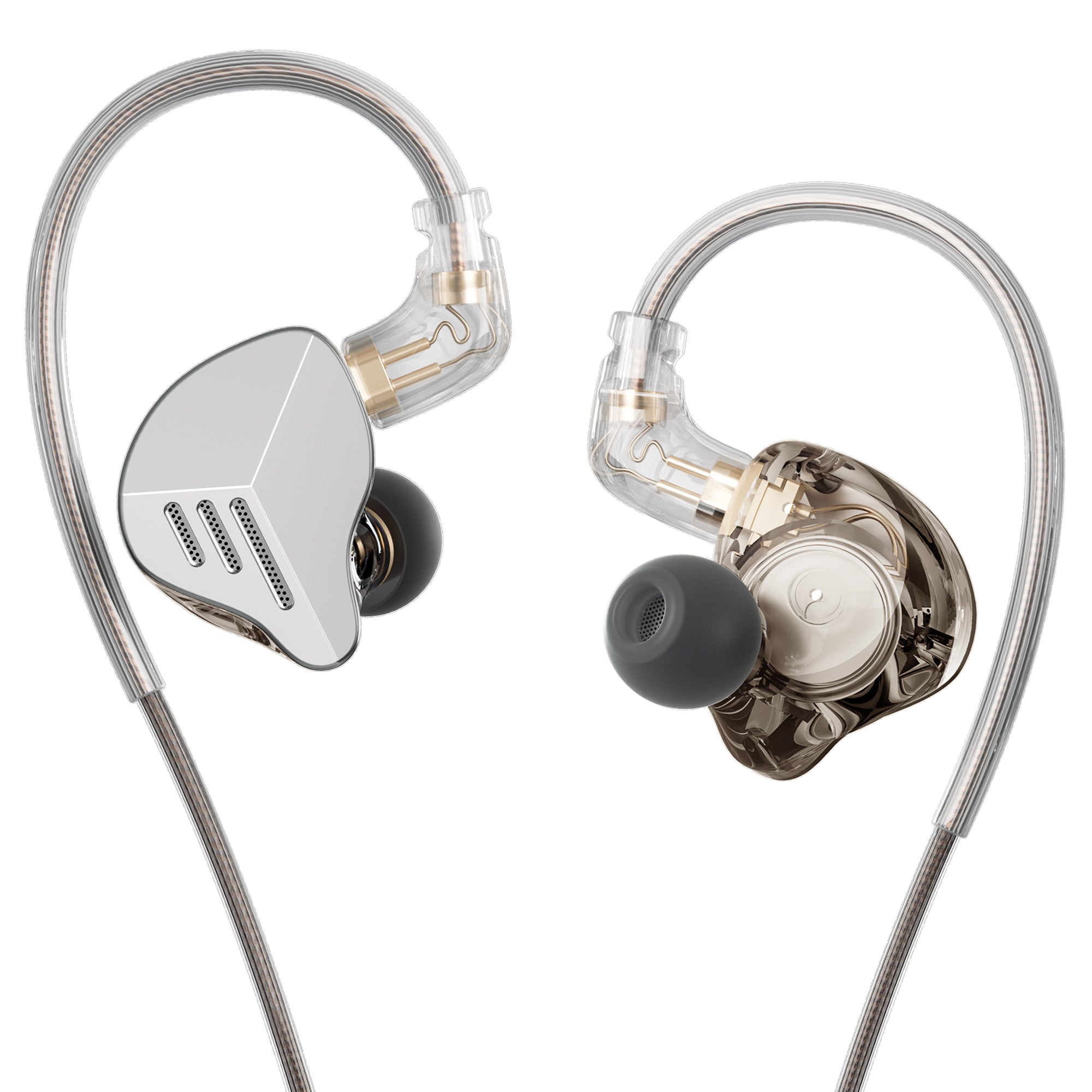


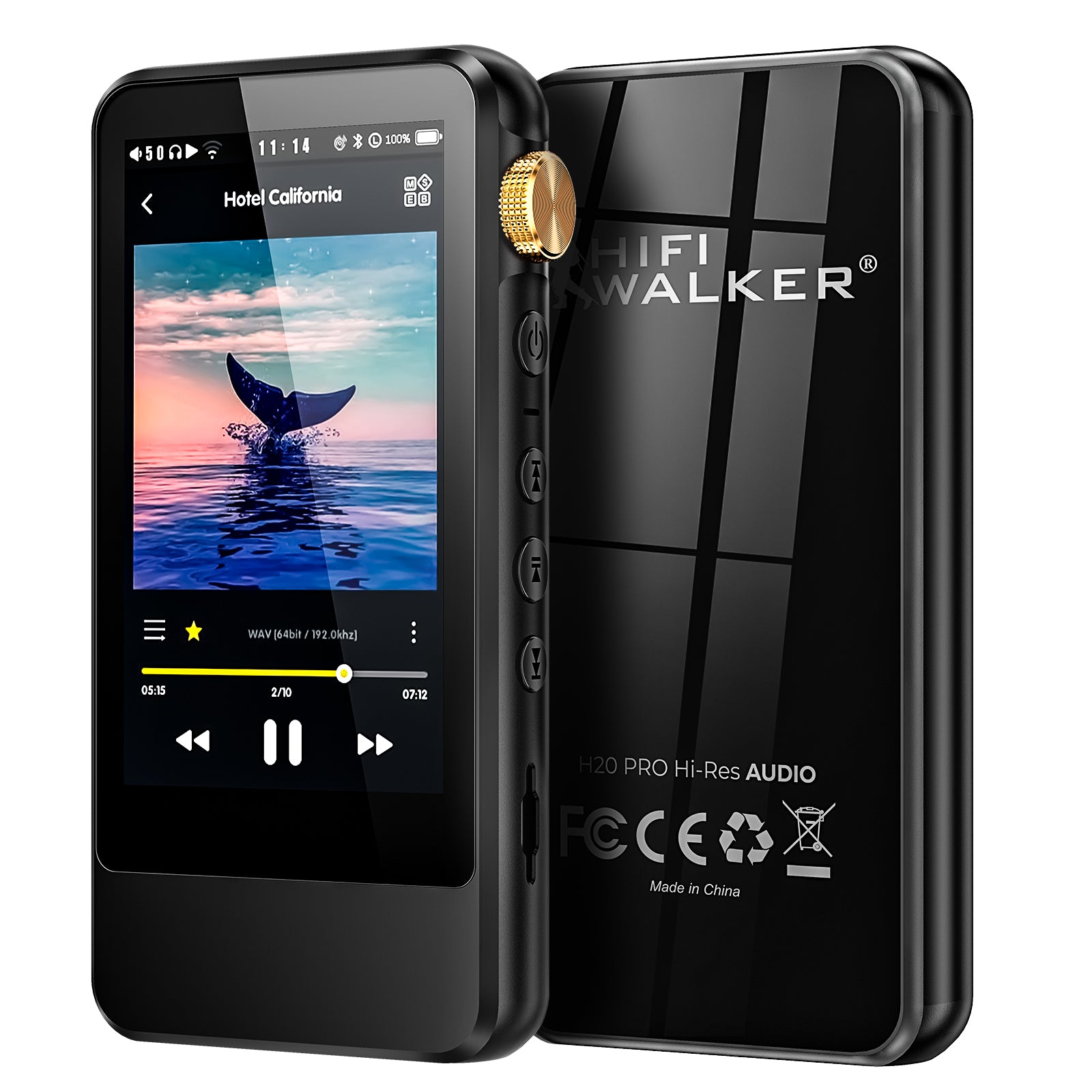

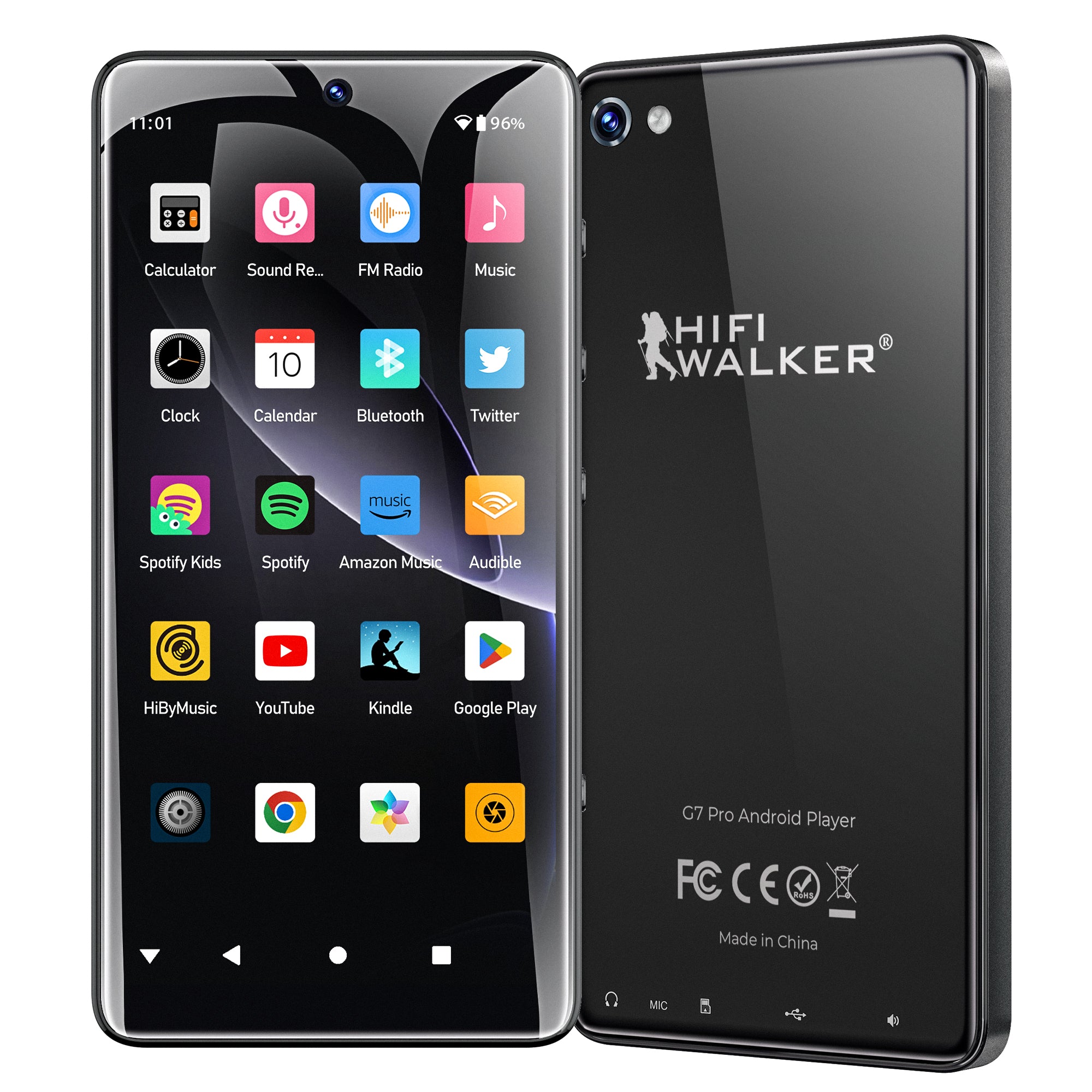
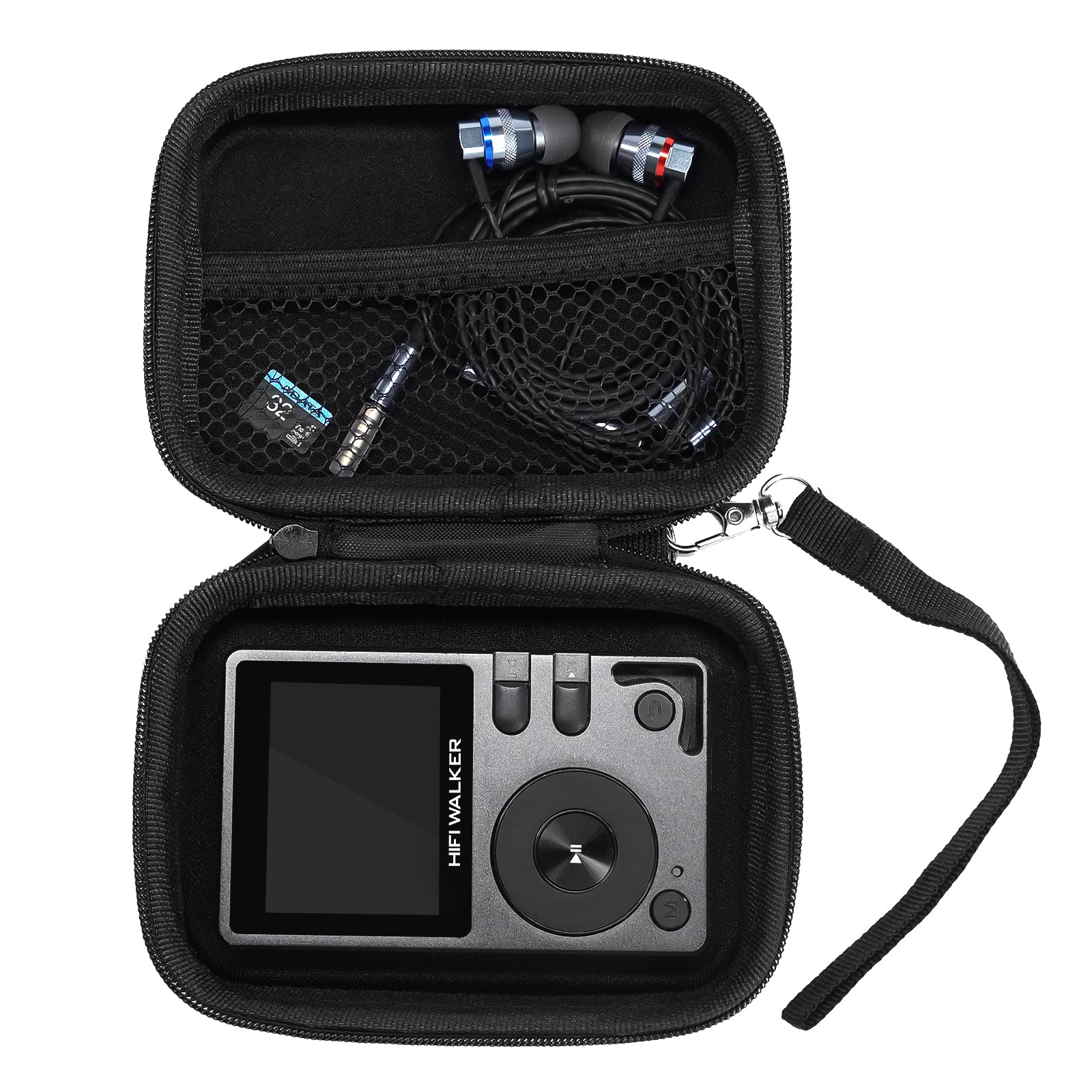



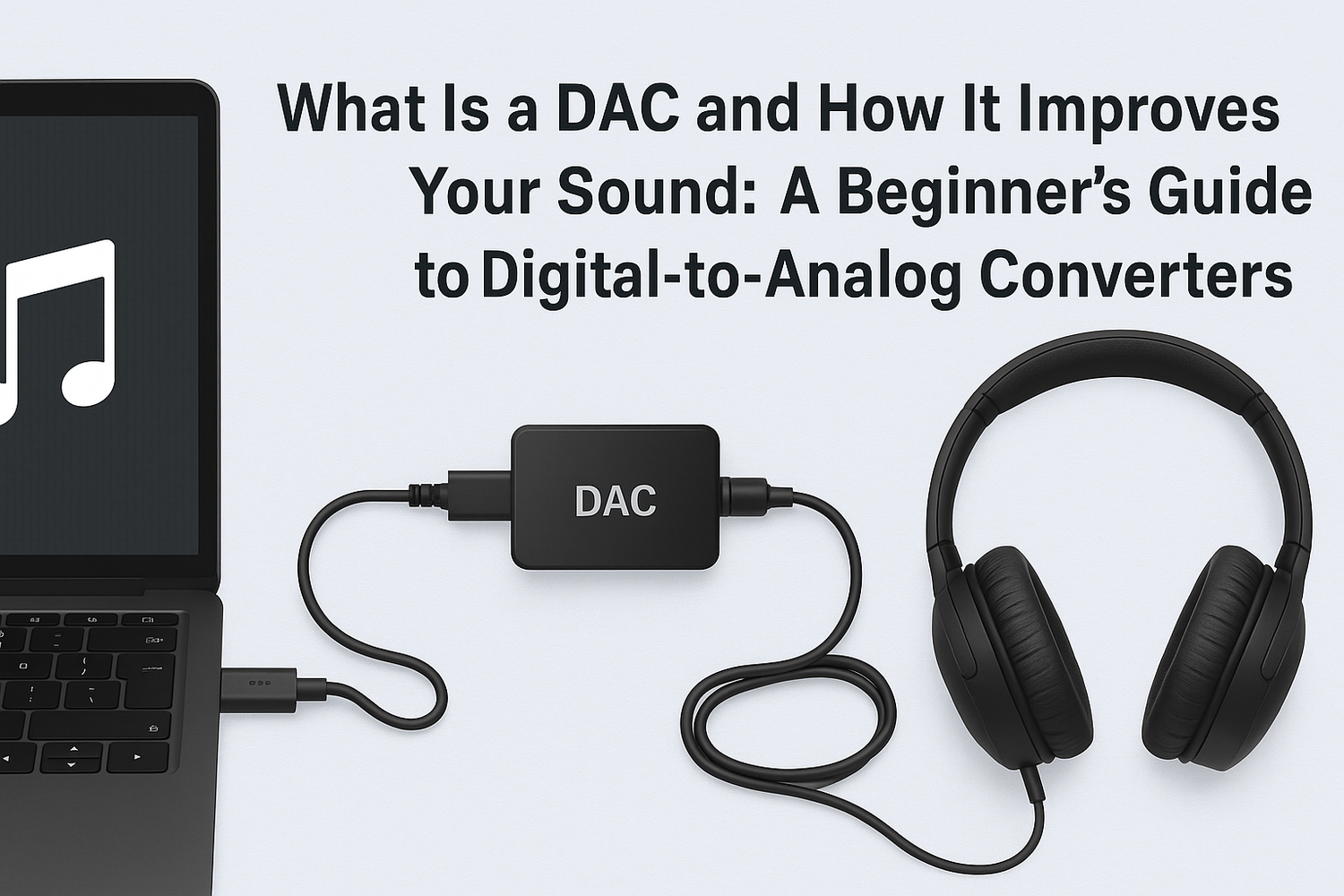
 Do You Really Need a Dedicated DAC?
Do You Really Need a Dedicated DAC?

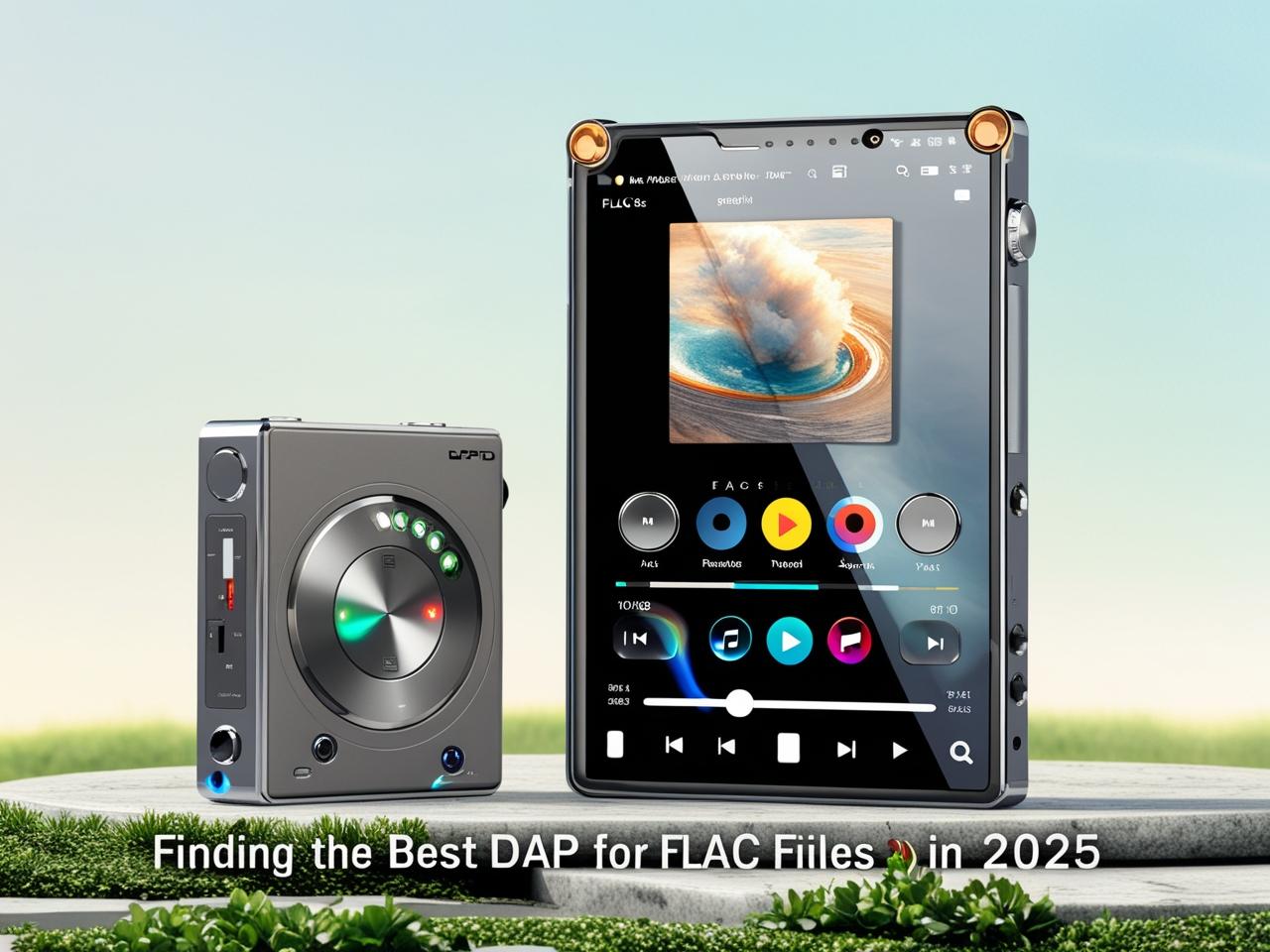
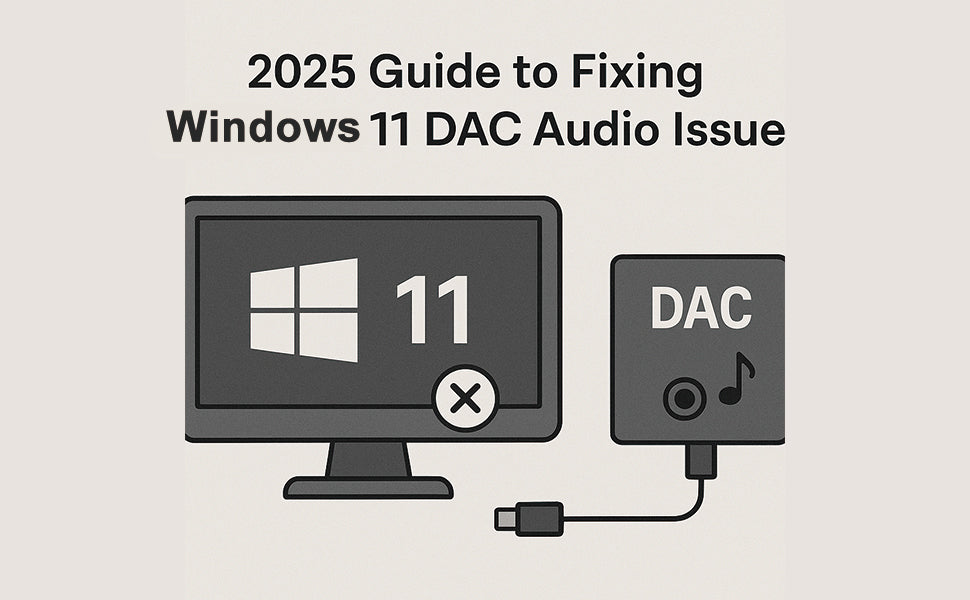
Leave a comment
All comments are moderated before being published.
This site is protected by hCaptcha and the hCaptcha Privacy Policy and Terms of Service apply.